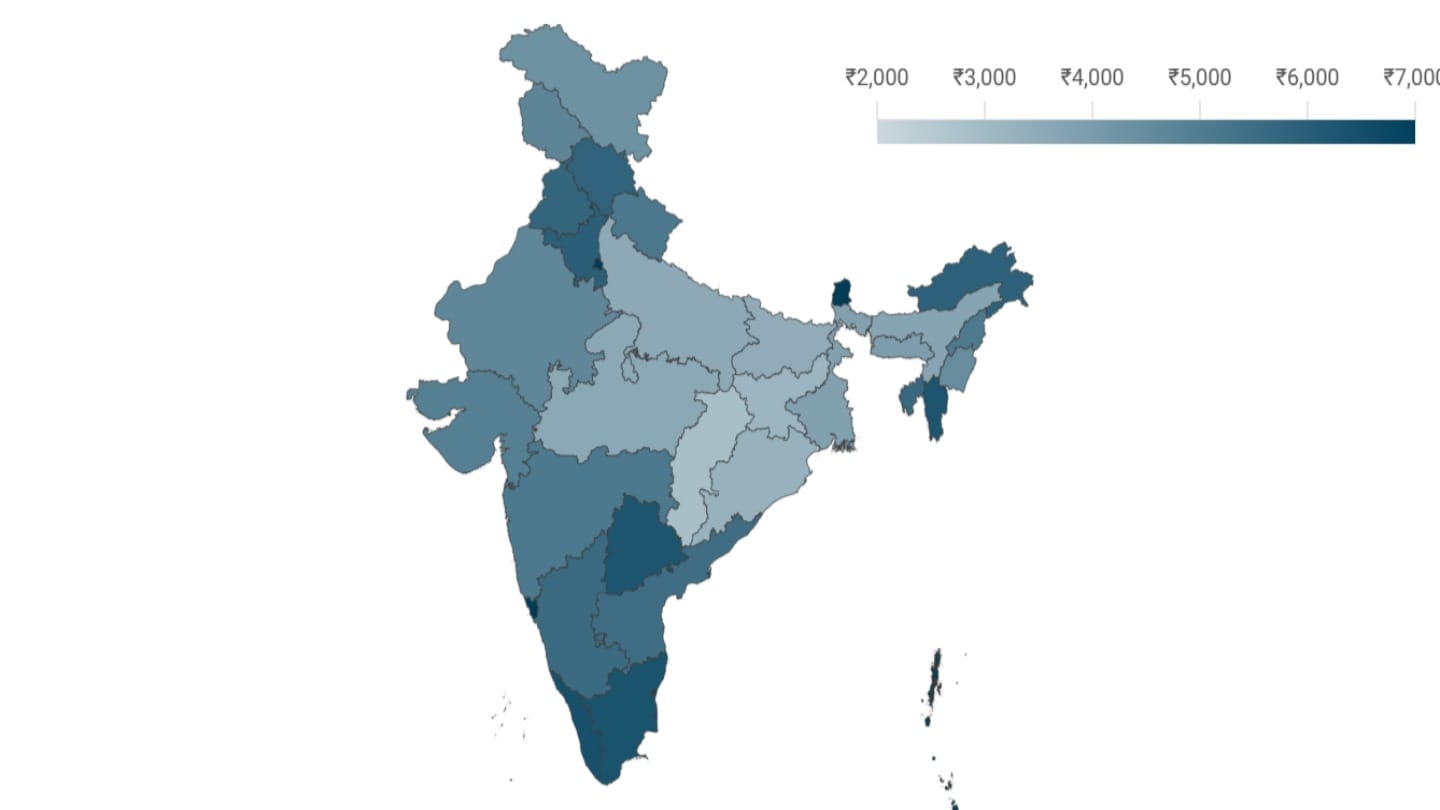Work
What do India's graduates do?
A higher education is seen as a pathway to better jobs and wages. We examine the work that India's 140 million graduates do, and whether having a higher education is a guarantee of better employment.
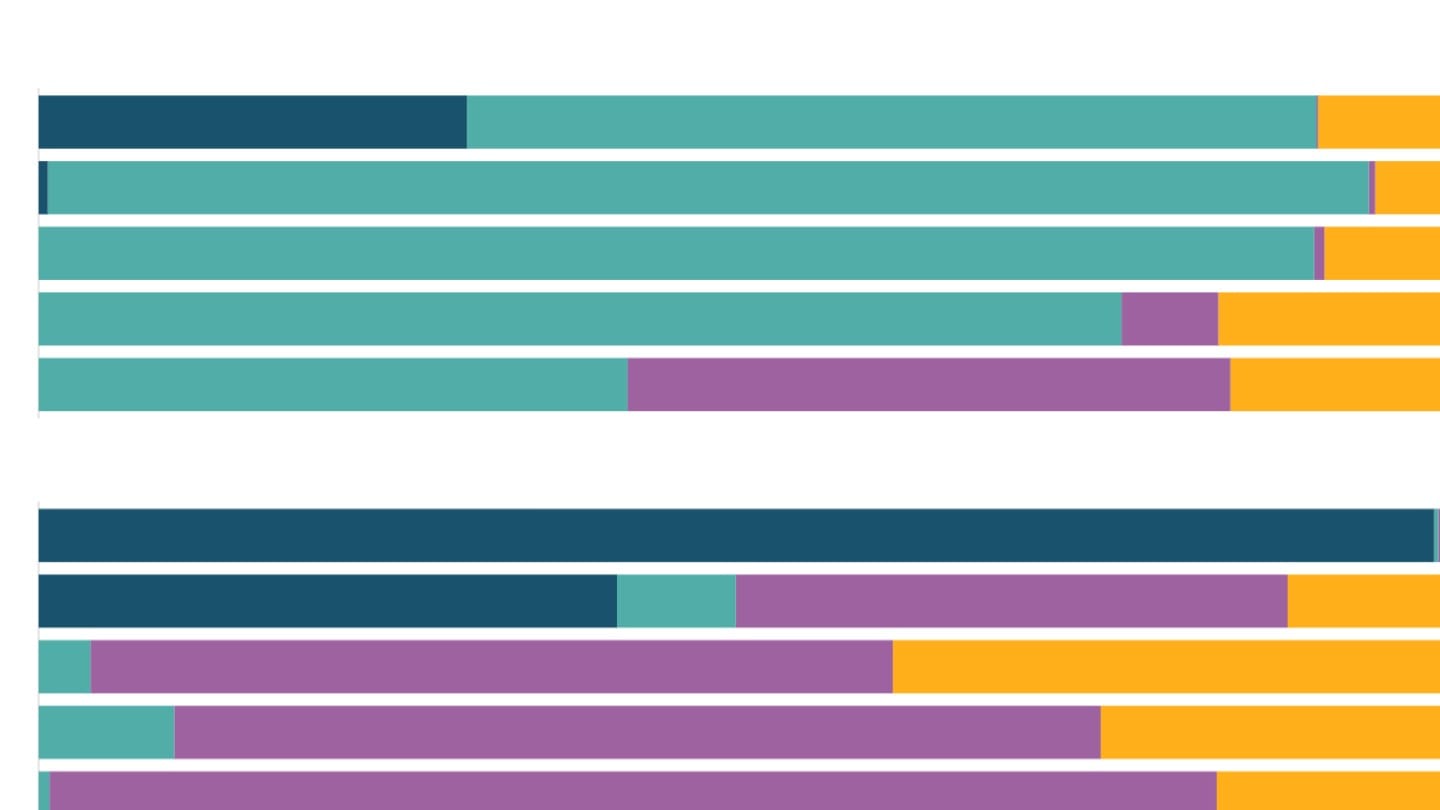

Work
A higher education is seen as a pathway to better jobs and wages. We examine the work that India's 140 million graduates do, and whether having a higher education is a guarantee of better employment.

Economy
Most of India's manufacturing workforce is in the unorganised sector, working in small, family-run units. In this piece we look at the size and scale of unorganised manufacturing in the country, what these units make and whom they employ.

Economy
Factories in India are concentrated regionally. While food products, textile and apparel are the biggest employers, the manufacture of metals drives value added. Each of these industries has its own regional hubs.
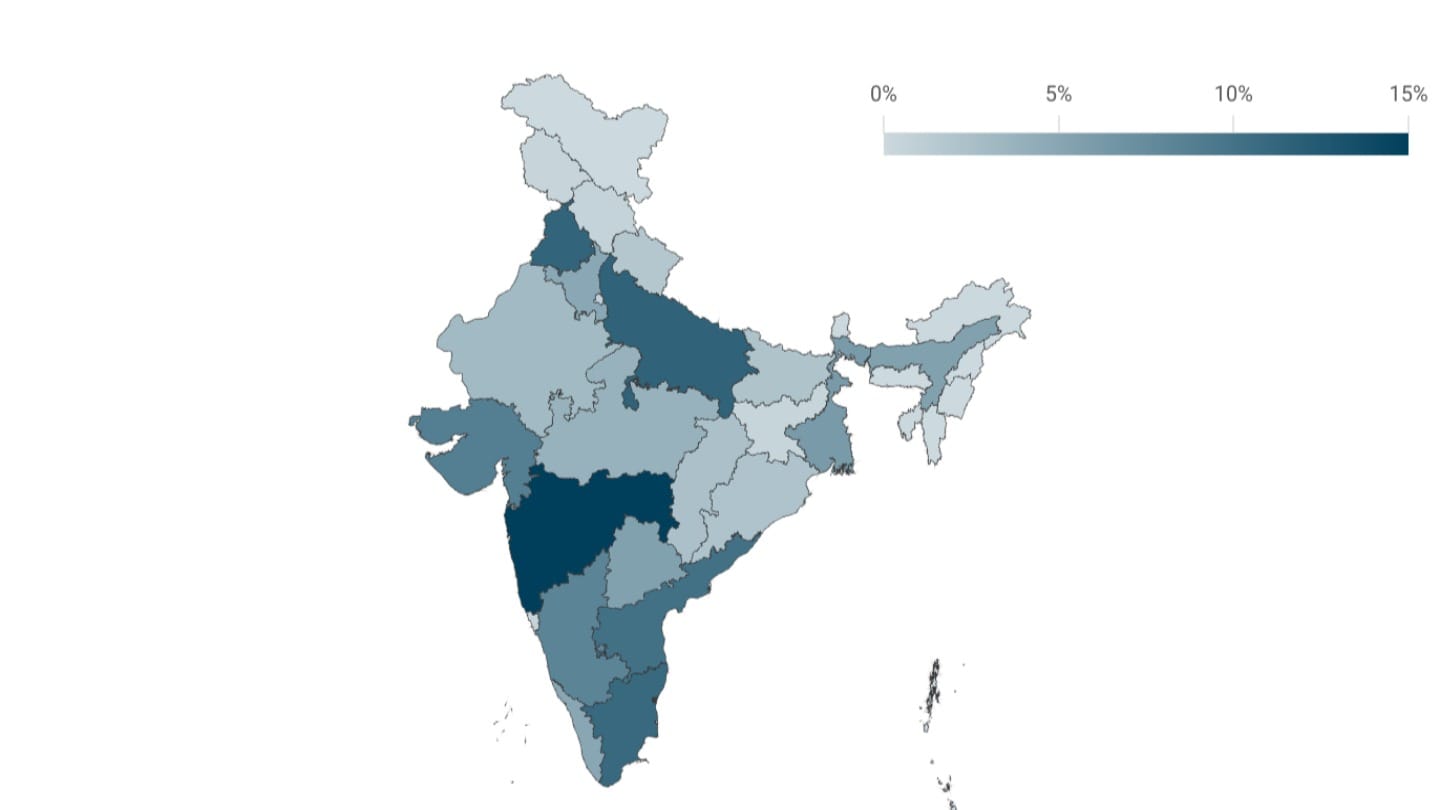
Living Conditions
Household ownership of computers in India remains low, particularly in rural India. The share of Indian adults who report being able to use a computer is also growing very slowly.
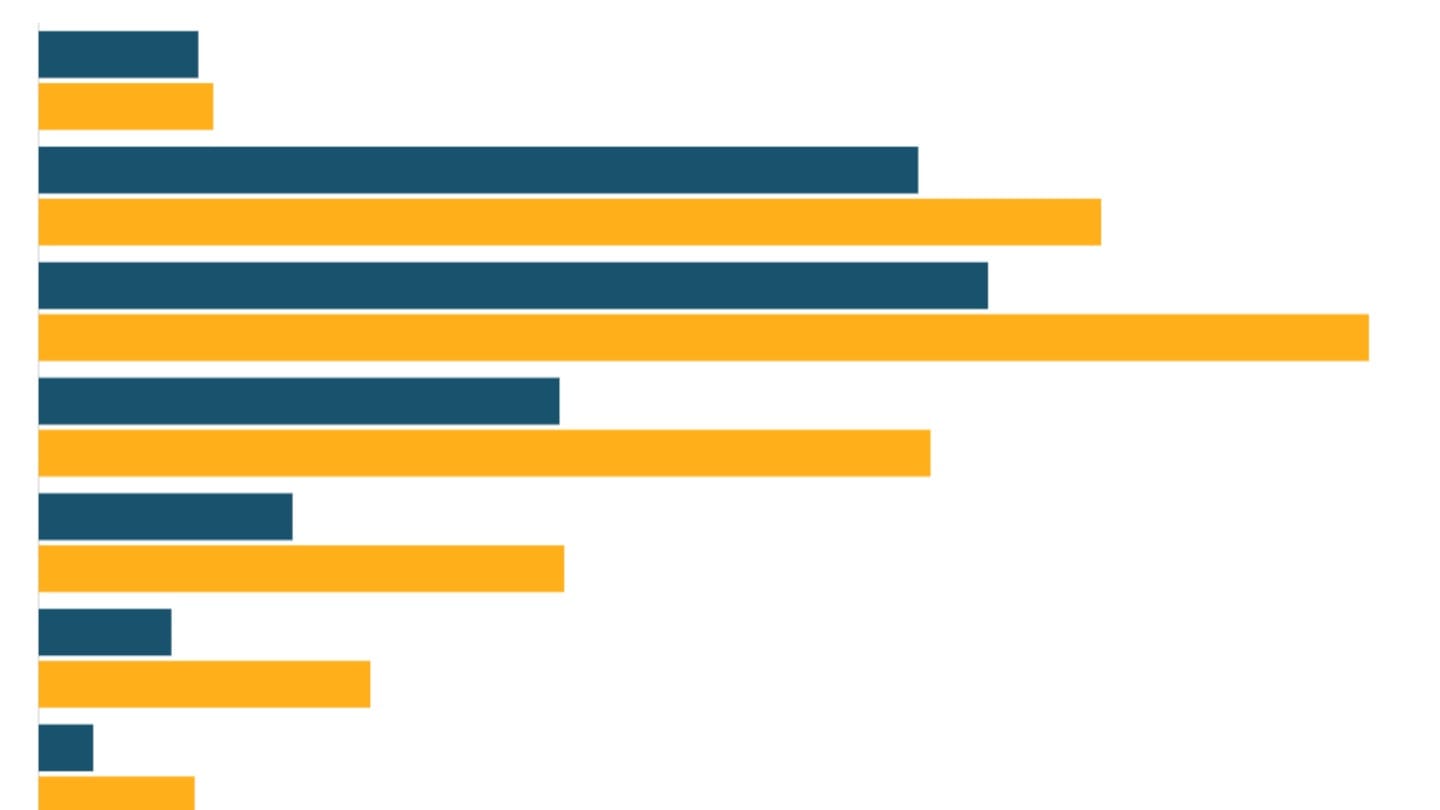
Economy
India's 200,000 factories employ 18.5 million workers and are significant contributors to the economy. We look at where they are, what they produce and whom them employ.
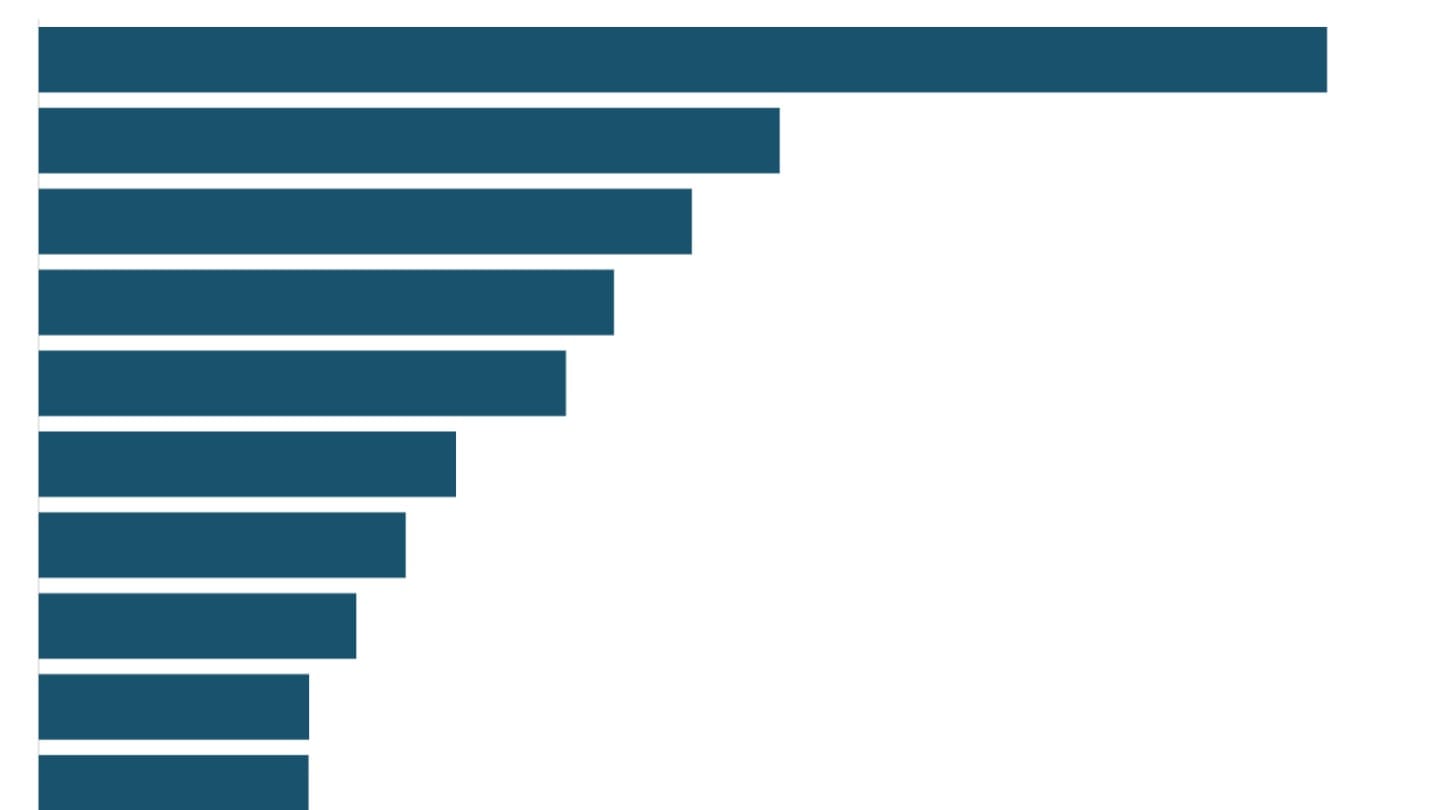
Economy
Inflation in India - the rate at which the general prices of goods and services rise - is now relatively low and steady. However, parts of the household budget are sometimes affected by price spikes, which can dent the purchasing power of families.
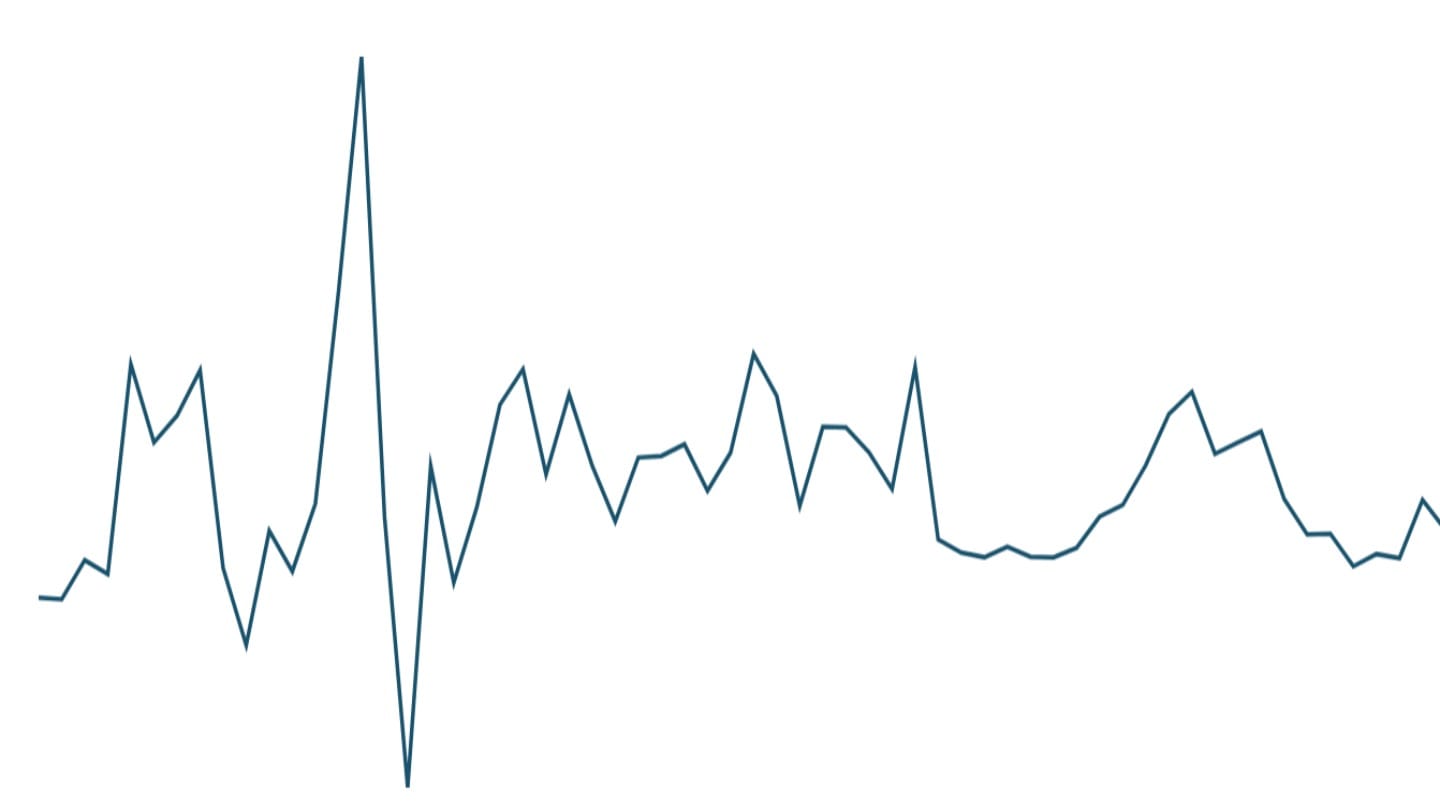
Economy
Over the last two decades, India has seen a decline in the use of traditional modes of payments, like cash and cheques, and an explosion in the use of digital modes of payments. However, inequities in access remain a concern.
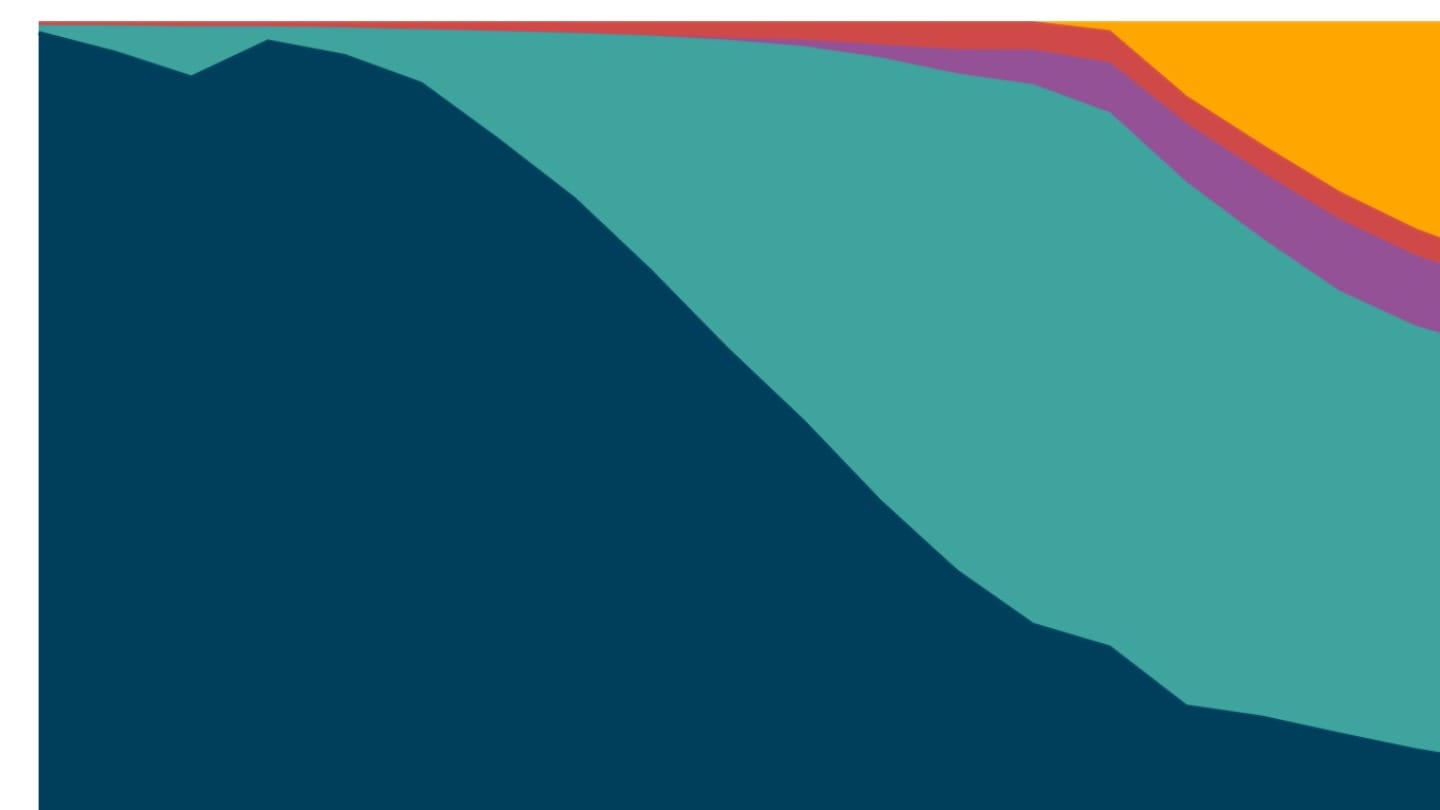
Work
The self-employed make up the majority of the Indian workforce. But self-employment plays out in different ways among men and women, and between rural and urban India.
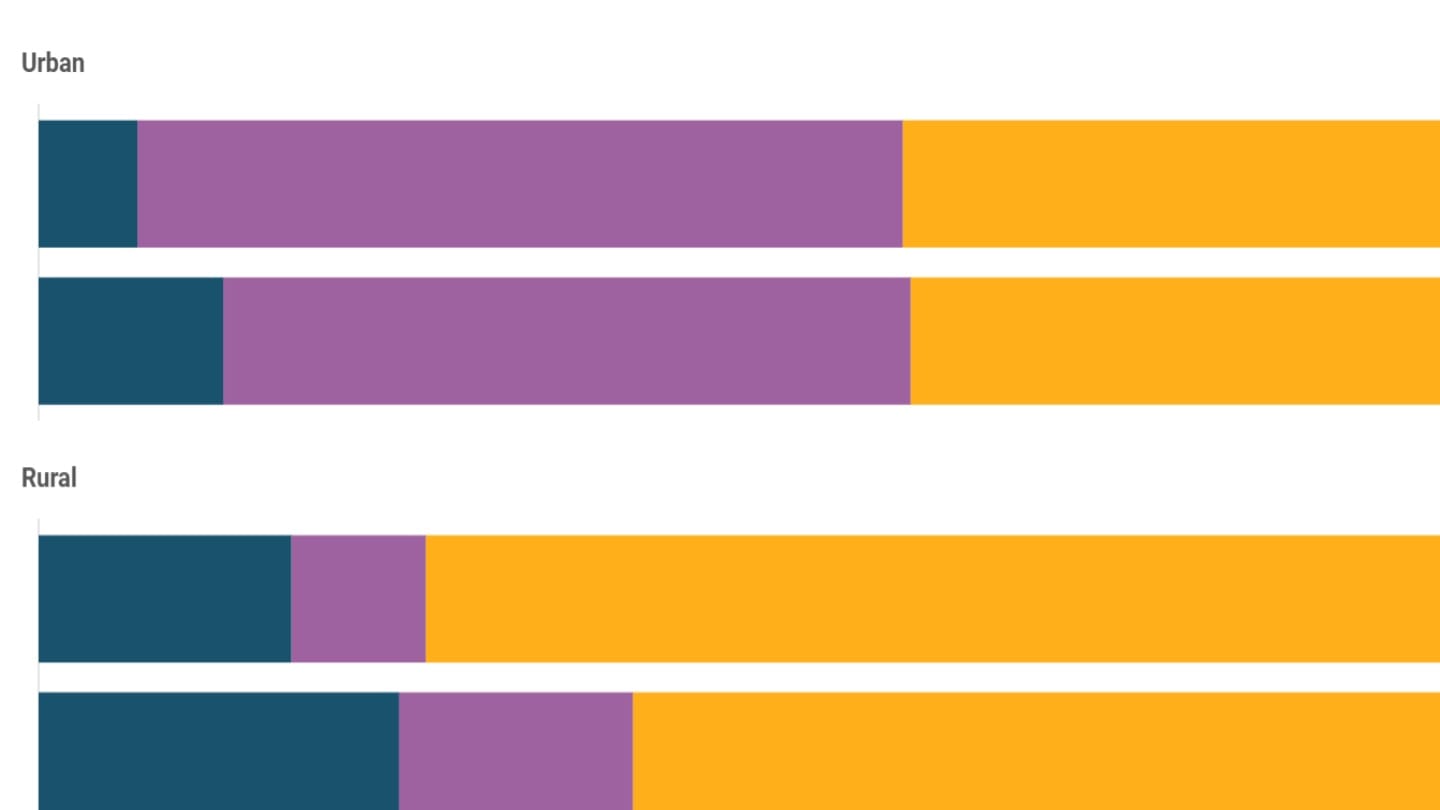
Economy
The ownership of assets is one way to understand living standards in a country. In India, TVs are the most commonly owned of four key assets.
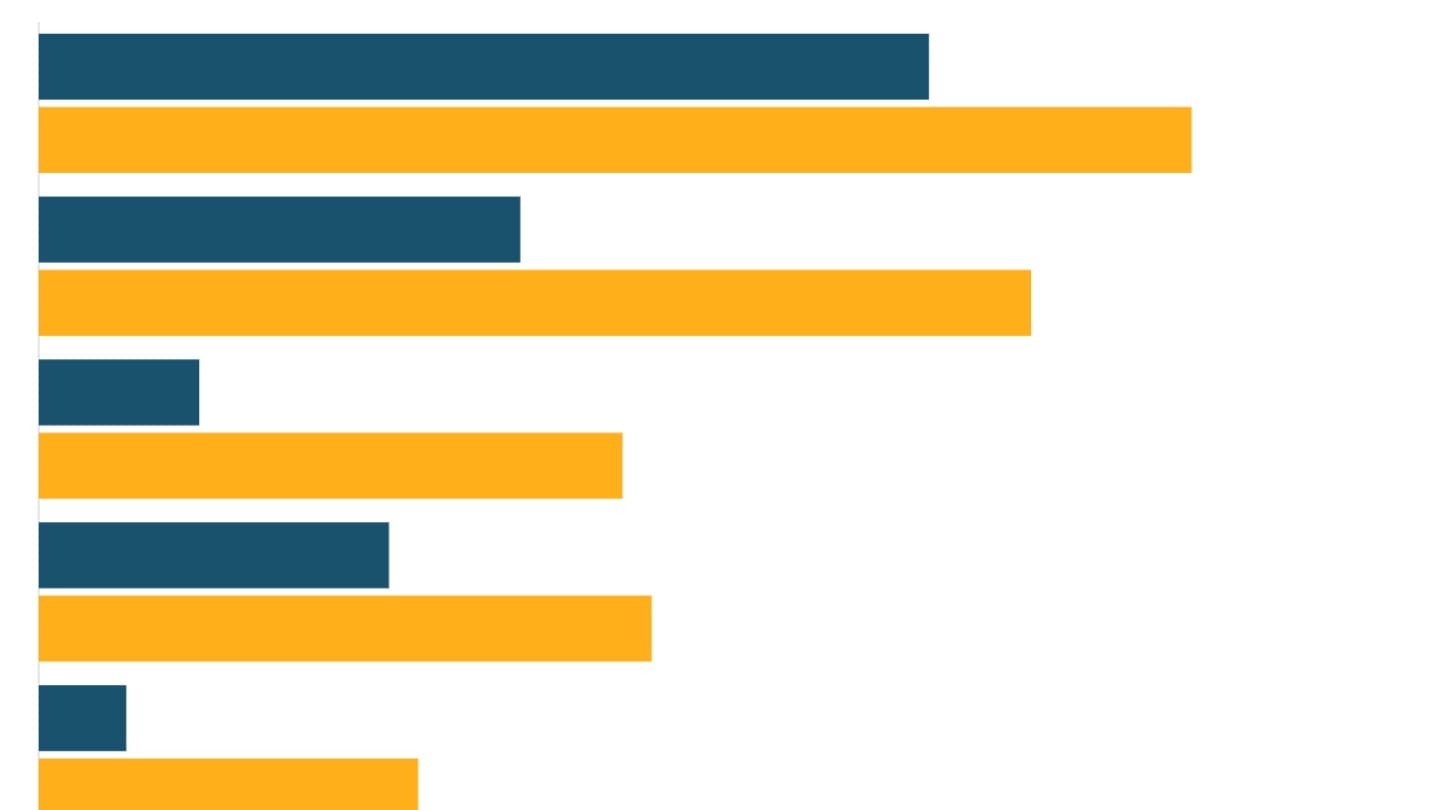
Economy
Nearly everyone in India now has a bank account. However, some gender gaps remain, and not everyone with an account uses it.

Work
After being low by global standards for decades, and falling further since the mid 2000s, the share of Indian women who are in the labour force has increased. We examine the parts of the workforce and the economy where these changes have occurred.
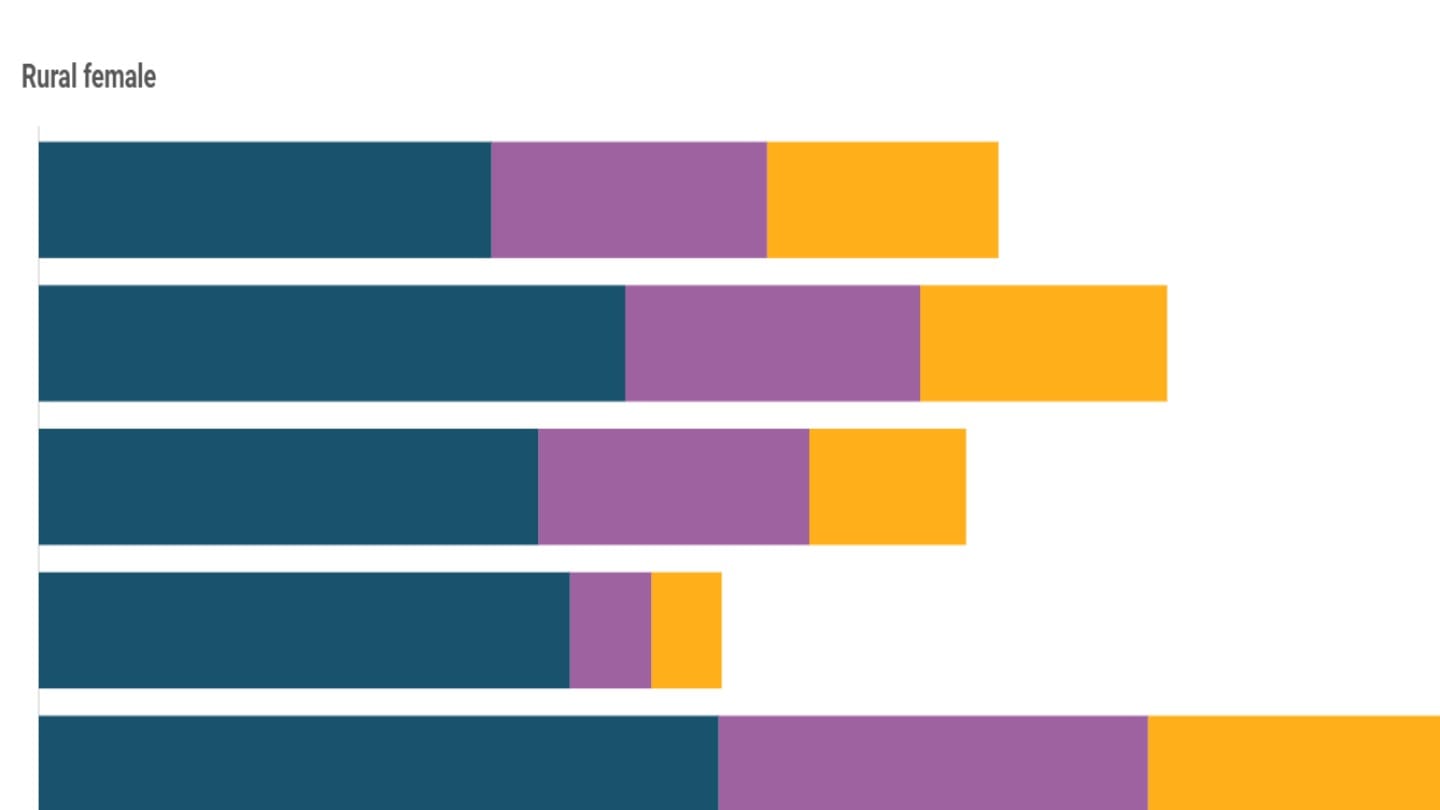
Measurement
Literacy rates are rising fast in India. But how literacy is defined matters, as does the manner in which surveys on literacy are conducted, resulting in some illiterate people being missed from official statistics.
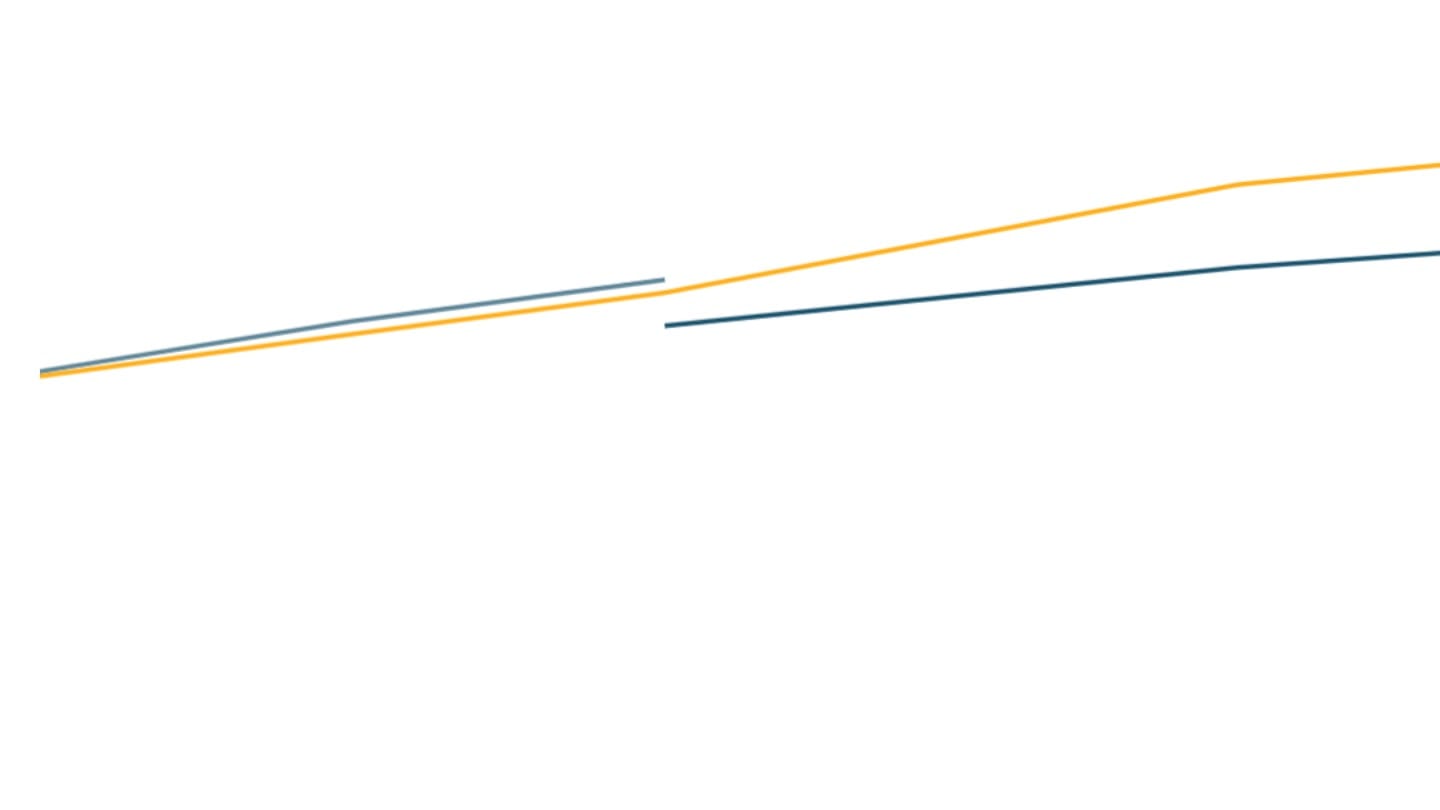
Living Conditions
Most Indians can send messages, but far fewer have the information and communications technology (ICT) skills needed to do calculations, make presentations or write code. There are large gaps between rural and urban Indians, and between men and women.
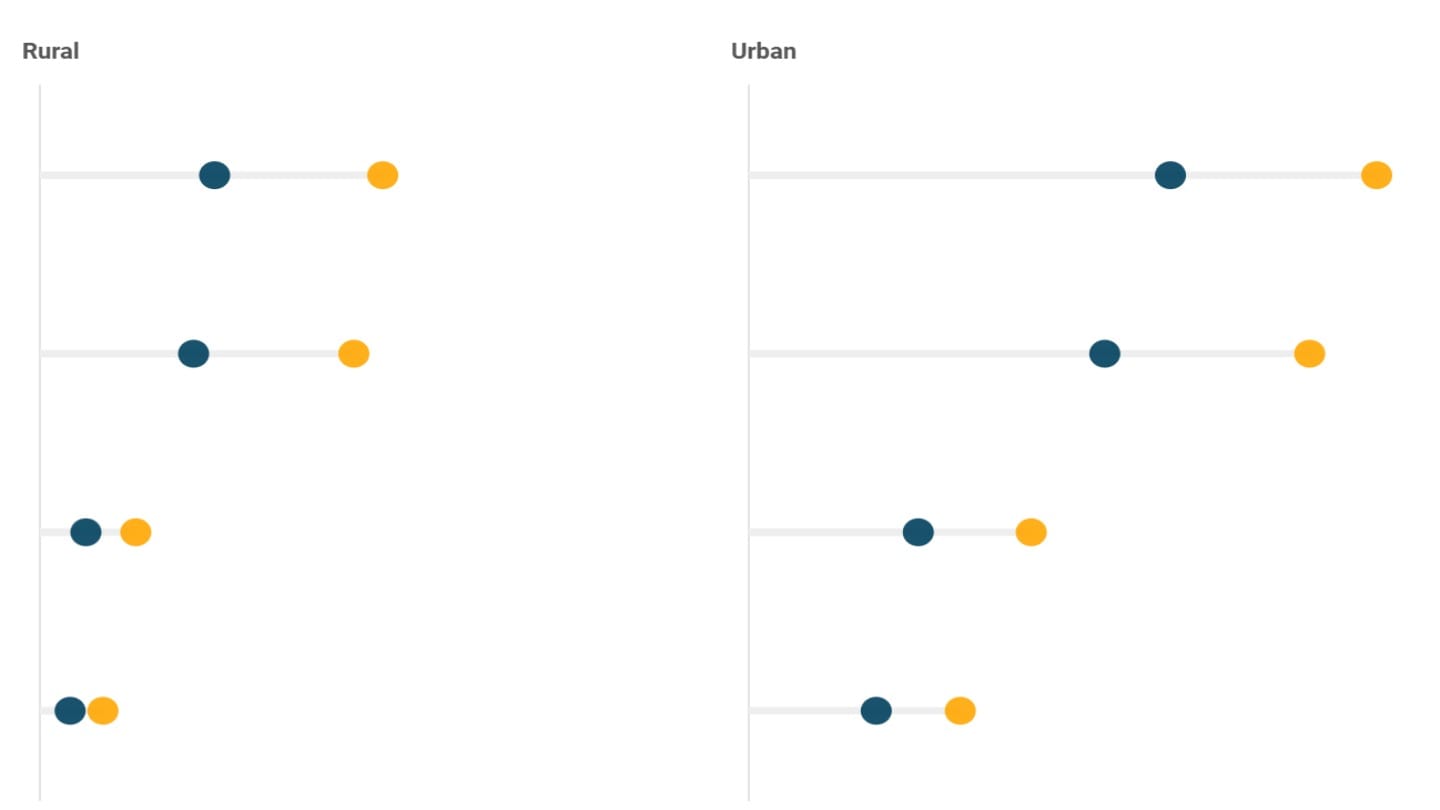
Economy
India's states differ from each other not only in the sizes of their populations, but also in the sizes of their economies. While all states are growing, the rate of growth varies significantly between regions.
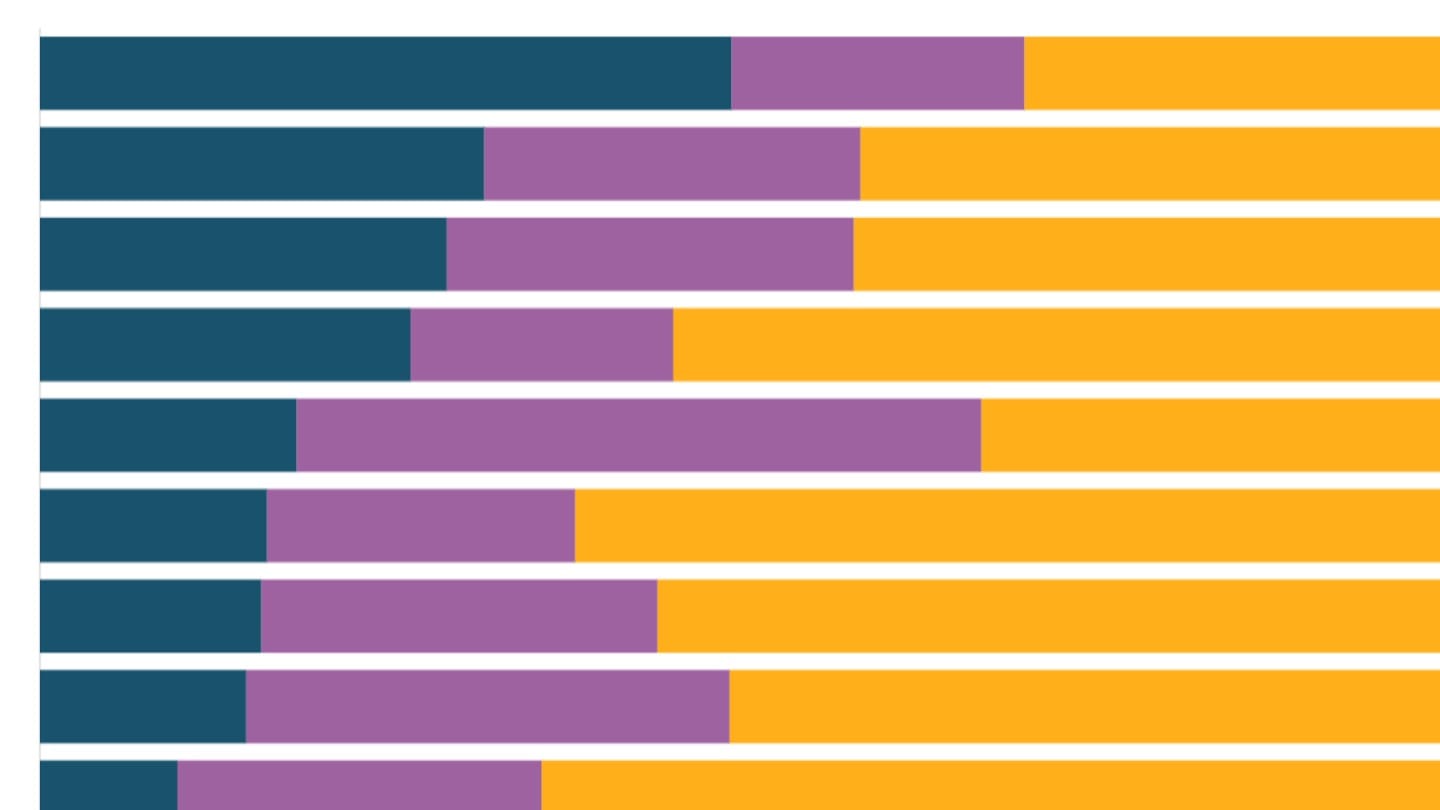
Living Conditions
Two-wheeler ownership has become more widespread in India, but car ownership is relatively low and concentrated among some groups.
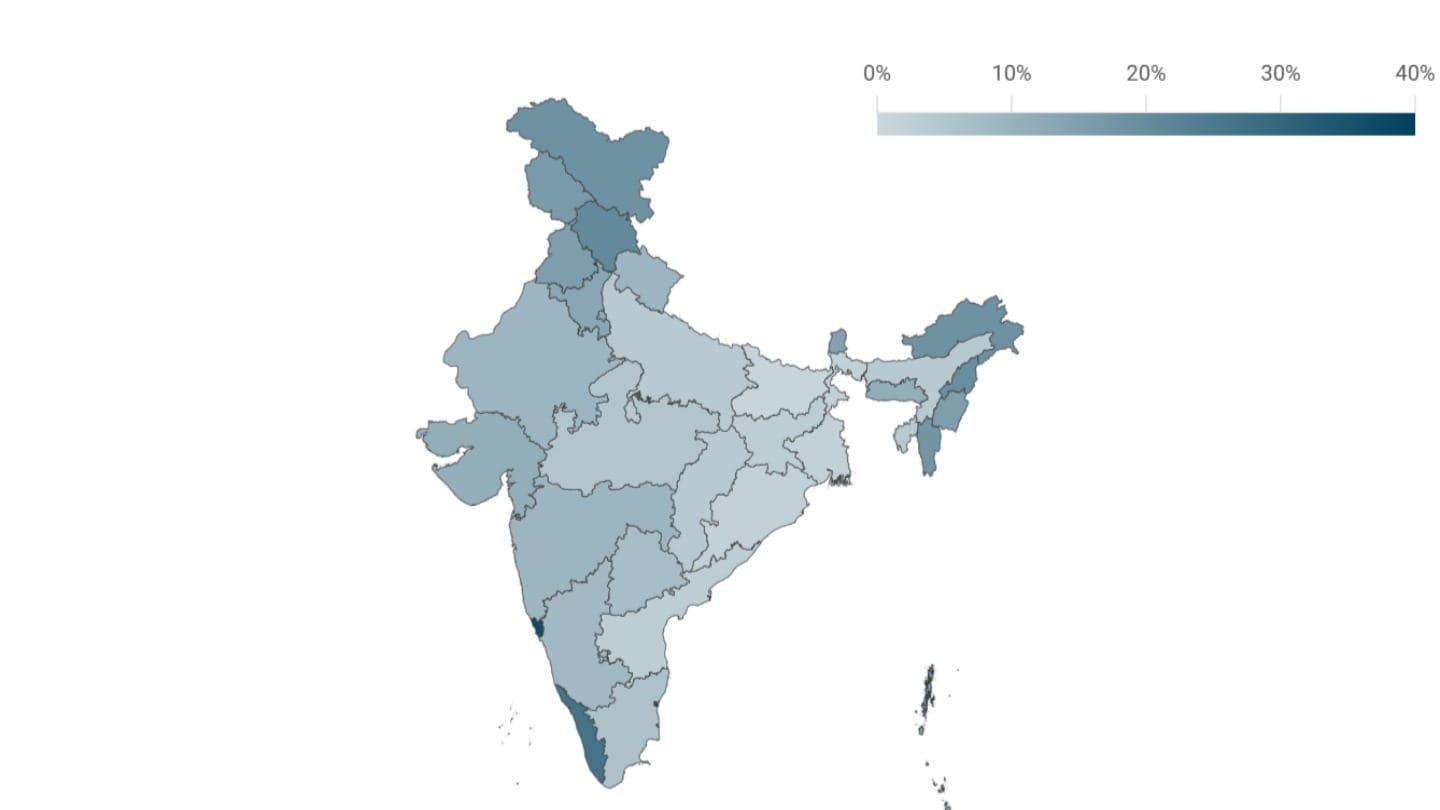
Economy
Consumption expenditure, an important indicator of living standards, has risen steadily, and the share of spending on food has declined sharply.
